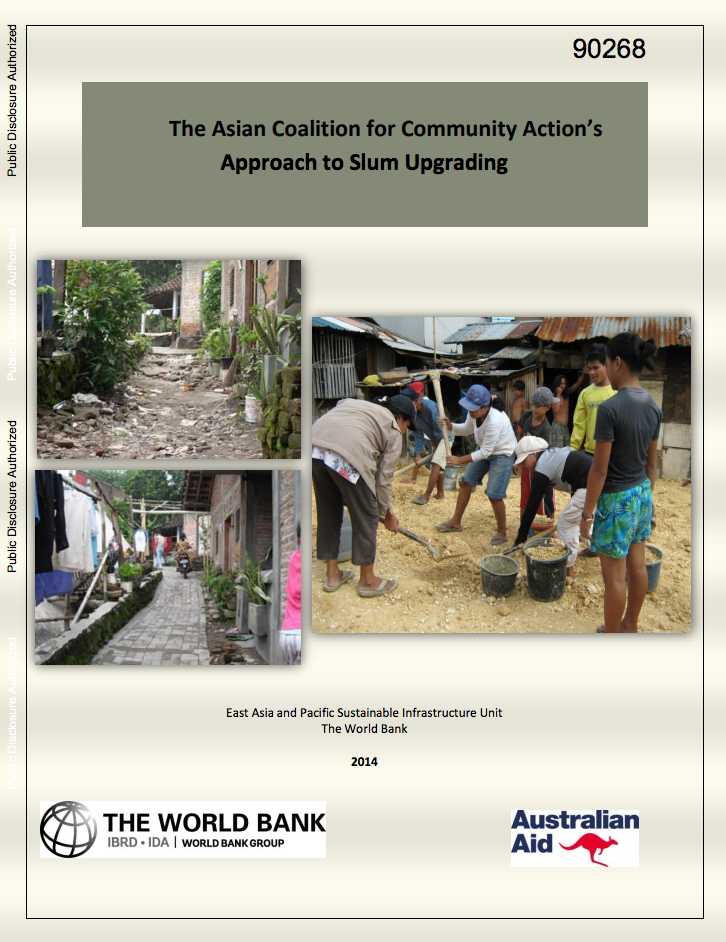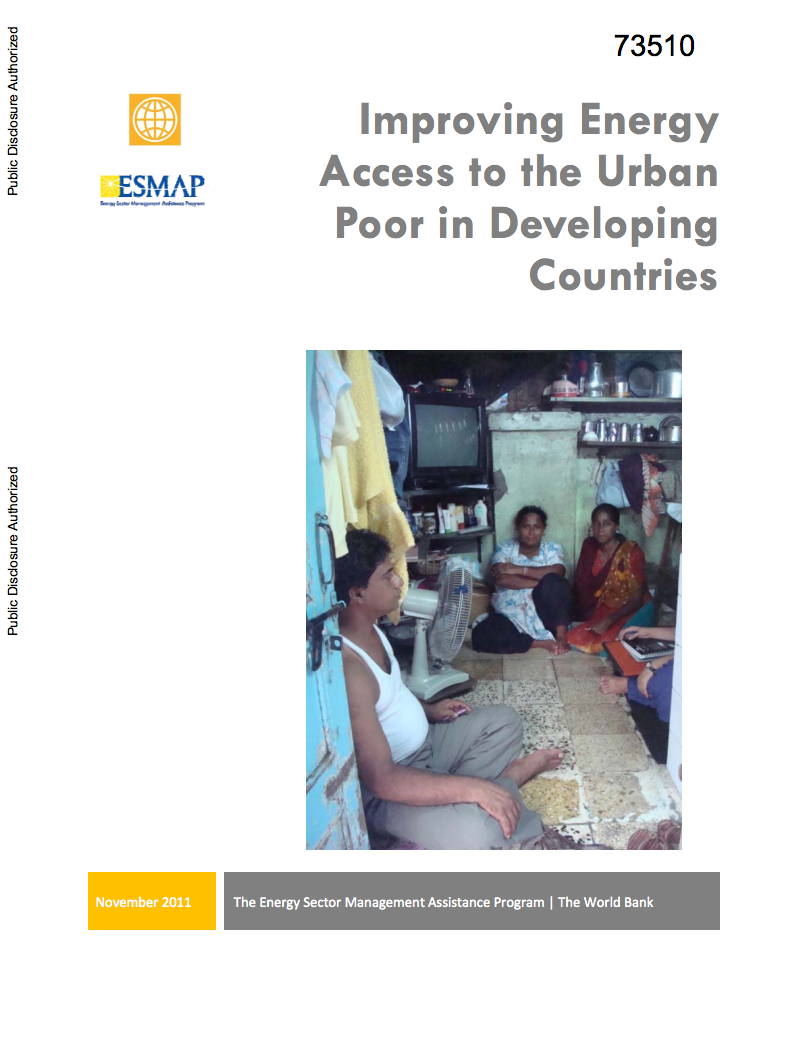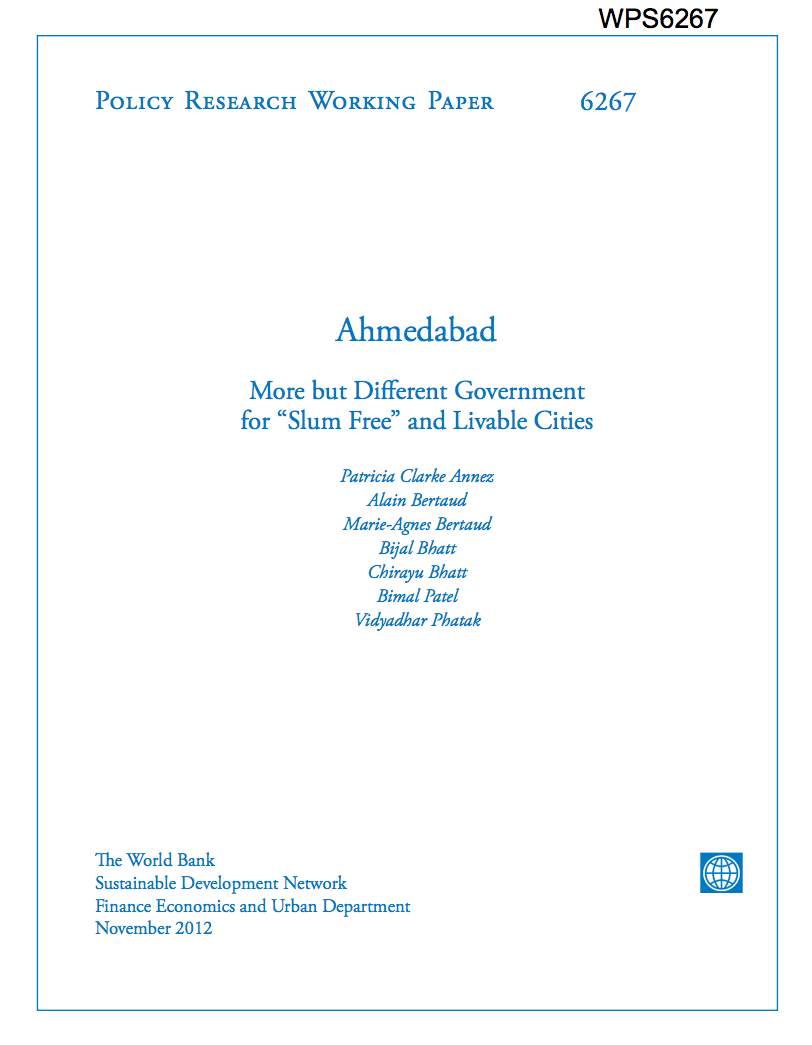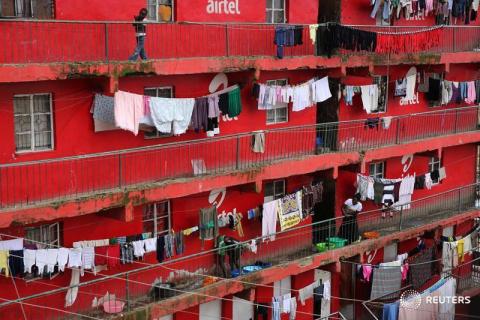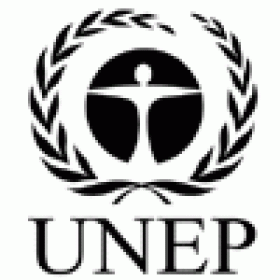
Proportion of urban population living in slums, informal settlements or inadequate housing
Last updated on 1 February 2022
This indicator is currently classified as Tier I. The United Nations Human Settlements Programme (UN-Habitat) is the Custodian agency for this indicator.
Unit of measure: The indicator is unitless, expressing a ratio between the number of people living in households who do not meet one or more of the basic housing conditions and the total population (%), Ratio between the number of households with net monthly expenditure on housing exceeding 30% of the total monthly income and the total population (%), Ratio between the number of households with approved municipal permits and the total population (%)
Why is this indicator important?
Urbanization is one of the most significant global trends of the 21st century. Rapid urbanization without proper planning and governance mechanisms, can lead to tenure insecurity, spatial inequalities and a lack of basic service provision. Expanding slums and precarious informal settlements may increase poverty, pollution, health, and environmental risks. At the same time, displacement for urban development can lead to food insecurity, loss of community structures, and the marginalization of certain segments of the population.
It is thus essential to collect data on the proportion of the population living in slums, informal settlements or those living in inadequate housing so that appropriate policies for addressing housing issues can be developed ensuring no one is left behind.
How is the indicator measured and monitored?
According to the metadata document, people living in informal settlements or slums, do not meet one or more of the five following housing conditions: (1) access to improved water; (2) access to improved sanitation facilities; (3) sufficient-living area (not overcrowded); (4) durable housing; (5) and security of tenure. In addition, the indicator considers whether households have an approved municipal permit as well as their affordability to measure inadequate housing. Most data is derived from censuses and household surveys. In addition, UN-Habitat reports annually on related data in the MDG’s reports. In 2021, the Global Housing Indicators Working Groups suggested to coordinate the worldwide data collection on this indicator.
As of now, indicator measurement covers 320 cities as part of the UN-Habitat City Prosperity Initiative. The data is disaggregated by location, income-group, sex/ethnicity/religion/migration status (head of household), age, and disability status. Planning has already begun for regional and global disaggregation. The major limitations lie with the lack of capacities at national and city levels to assess and monitor all indicator components. Moreover, the indicator does not consider homelessness.
By Anne Hennings, peer-reviewed by Dennis Mwaniki, Spatial Data Expert at UN-Habitat’s Data and Analytics Unit.
Official indicator data
The criteria defining slums, informal settlements and inadequate housing include access to water, access to sanitation, sufficient living area, overcrowding, structural quality, durability and location, security of tenure, affordability, accessibility, and cultural adequacy. * Select "year" below to see the most recent data for more countries.
Other related indicators on the Land Portal
In addition to the official indicator data, the following indicators provide information concerning urban land administration, access to feasible and affordable formalization, and efforts to improve informal settlements.
| Indicator | Min-Max Number of years |
Countries / Obs | Min / Max Value |
|---|---|---|---|
| Formalization of urban residential housing is feasible and affordable | |||
| Individual land in urban areas is (i) recorded and (ii) mapped | |||
| Process to improve informal settlements exists | |||
| Urban Population |
Improving access to justice and basic services in the informal settlements of Nairobi : executive summary
A detailed situation analysis reveals key linkages between meagre services, insecure land tenure, and unjust governance institutions in Nairobi’s informal settlements.
The Asian Coalition for Community Action's Approach to Slum Upgrading
This paper is a review of the experience of the Asian Coalition for Community Action (ACCA) Program operated by the Asian Coalition for Housing Rights (ACHR).
Improving Energy Access to the Urban Poor in Developing Countries
The case studies documented in this
report aim to inform the energy access community (including
practitioners, civil society groups, project planners, end
users) about best practices of successful energy access
initiatives targeted at slum dwellers. Eight case studies
Ahmedabad : More but Different Government for “Slum Free” and Livable Cities
This paper analyzes real estate market dynamics over the past decade in the city of Ahmedabad, India, with a view to improving the living conditions of the large population living in slums. The paper combines census data, the National Sample Survey, and slum household surveys to review the demand side of the market.
Indonesia : Urban Poverty and Program Review
This policy note provides a summary of
extensive analysis carried out on urban poverty in Indonesia
today and a review of main urban poverty programs, with the
objective of providing the basis for an urban poverty
reduction strategy. A second policy note, 'Indonesia:
Pagination
Indian slum dwellers pushed to city fringes face leaking pipes, lost jobs
By: Rina Chandran
Date: 9 January 2017
Source: Reuters
A commercial painter by trade, K. Raja dreamed of setting up his own business in Surya Nagar slum, in the southern Indian city of Chennai, where he had lived all his life.
But his dream faded last February, when he and about 1,000 other families were evicted with a day's notice and relocated 20 km (12.4 miles) away, their homes demolished.
Slum violence inspires Kenyans to tackle huge housing shortage
By: Katy Migiro
Date: 29 December 2016
Source: Thomson Reuters Foundation
Recently married with a one-year-old child, Joan Moraa Mbogo dreams of escaping Kenya's noisy, dirty, crime-ridden capital and buying a home close to her mother's newly-built apartment overlooking the Lukenya Hills.
Urban land in Zimbabwe: where power, politics and corruption meet
By Mary Jane Ncube, Farai Shone Mutondoro and Manase Chiweshe
As political parties gear up for the 2018 national elections in Zimbabwe, urban land appears to be emerging as an important campaigning tool for ruling party Zanu PF.
Amid recent mass public protests against corruption, economic decline and an import ban on basic commodities, young people who showed loyalty to the party werepromised land.
'Help us upgrade, don't evict us': Sierra Leone's slum dwellers battle for their homes
By: Kieran Guilbert
Date: November 1st 2016
Source: Thomson Reuters Foundation
FREETOWN (Thomson Reuters Foundation) - When floods struck several slums across Sierra Leone's capital last year, 55-year-old Amienata Bangura was forced to flee as her small shop, stock and years of savings were wiped out.
Pagination
![]()

By 2030, ensure access for all to adequate, safe and affordable housing and basic services and upgrade slums
Indicator details
The Indicator is conceptually clear, has an internationally established and available methodology and standards, and that data is regularly produced by countries for at least 50 per cent of countries and of the population in every region where the indicator is relevant.
Key dates:


